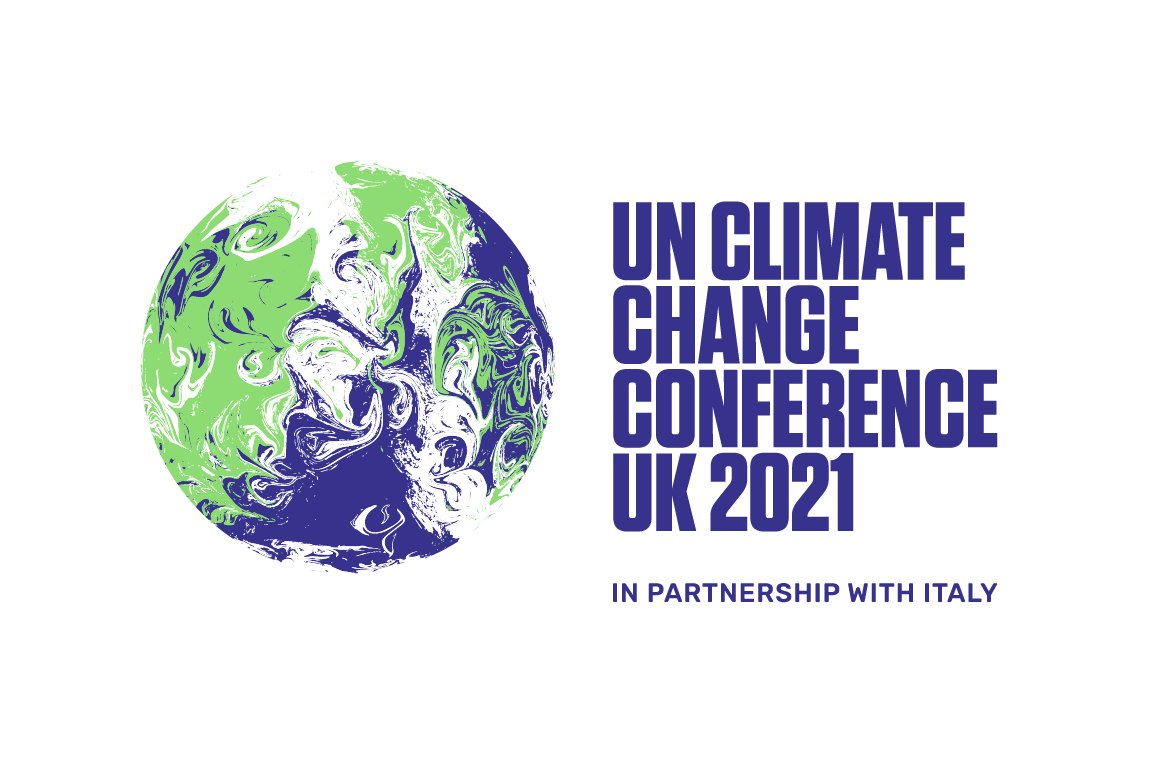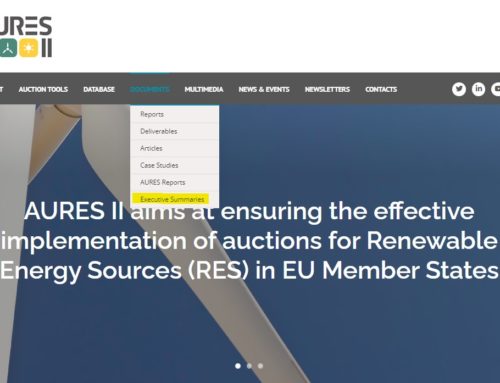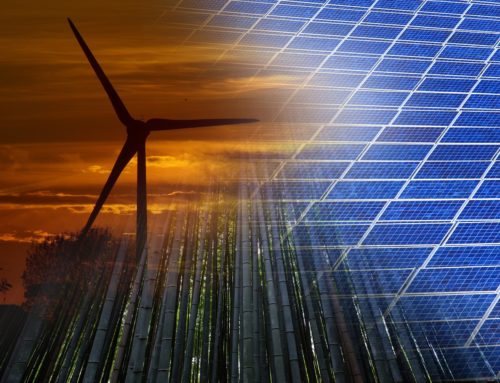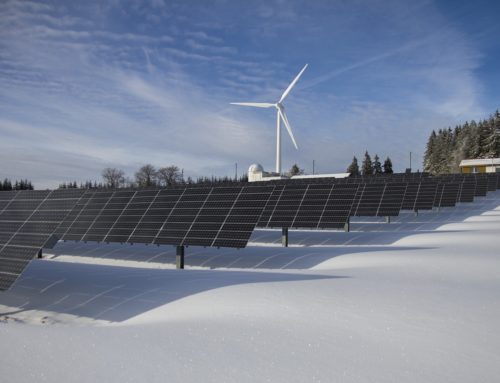During the last United Nations Conference of the Parties (COP26) in Glasgow, our AURES II team organized a hybrid side event at the EU Pavilion under the title “De-risking & scaling-up renewables through market-based policies – practices from EU & the world”.
We were delighted to have important expert panelists for the event:
- Adil Hanif from the European Bank for Reconstruction and Development (EBRD)
- Naida Taso from the Energy Community Secretariat (ECS)
- Diala Hawila from the International Renewable Energy Agency (IRENA)
- Sarah Lawson from the United States Agency for International Development (USAID)
- Devon Swezey from Google
From the AURES II team, Fabian Wigand (Guidehouse) moderated the on-site panel discussion, Vasilios Anatolitis (Fraunhofer ISI) introduced the AURES II project to the audience, Ana Amazo Blanco (Guidehouse) moderated the interaction with the audience through an online survey, and Agustin Roth (Guidehouse) collaborated with the organization of the event.
Fabian Wigand (Guidehouse) remarked the important role of auctions as a market-based instrument to foster a deeper and faster decarbonization. However, when countries introduce auctions, certain challenges can arise. The panelists shared valuable insights about these challenges and which best practices to follow, among others:
- A common challenge investors face is the lack of a long-term schedule of RE. Hence, multi-year planning and clear climate targets can mitigate allocation risks and incentivize competition.
- Some countries do not have a well-functioning electricity market in place. In these cases, a conversion event can be followed, where bidders bid for fixed prices that will eventually be converted into a Contract for Difference scheme.
- The design of auctions should be adequately anchored in the specific national context and in the broader energy and climate policy of the country to avoid having an isolated supportJust like administratively set support, auction-allocated su... scheme.
- The energy transition should be just and inclusive, engaging not only the private sector but also the local communities to share all the socioeconomic benefits of RE. For instance, auctions can be designed to incentivize local job creation, to foster economic development of certain areas, or encouraging the participation of marginalized people in RE projects.
- Risk of not being allocated after bidding in an auctionAn auction is a market mechanism with the aims of allocating... is a pressing issue for investors and developers. Countries should aim for a sustainable distribution of risks, i.e., attributing risks to those who are best placed to manage them.
Afterwards, our panelists shared insights into the future of auctions and the energy transition:
- Large corporations as Google have climate targets in place, for example, operating based on carbon-free electricity around the clock. Corporates can run auctions to allocate Power Purchase Agreements (corporate PPAs) of 10-20 years and allow RE projects to scale up. In this way, corporate players can buy RE electricity at competitive prices while adding more RE capacity to the grid.
- Adding more variable RE capacity pose challenges from a power system perspective. Auctions can provide an integrative approach to strategically combine different solutions, such as wind or solar power combined with battery storage, demand-side management, efficiency measures, etc.
- Smart auctionAn auction is a market mechanism with the aims of allocating... design will allow to bring decarbonization as quickly and cost-effective as possible.
- The regulation and introduction of Guarantees of origin (green certificates) are key to prove that certain amount of electricity is produced from renewable sources.
- Auctions for green hydrogen and to allow coal phase-outs are also part of the future development of competitive procurement.




